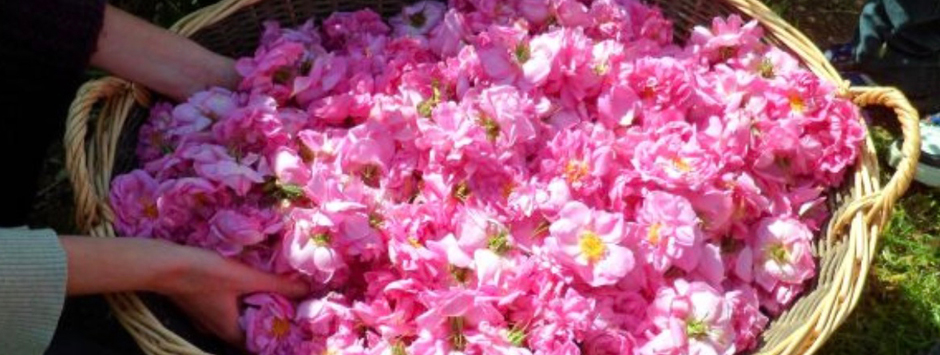When we think of the queen flower of perfumery, the Rose is, in the West, the first flower we think of. And it’s quite normal. Celebrated since Antiquity by many poets, writers, painters … it has become the essential flower of Perfumery. But among the 40,000 kinds of roses listed, which is the most fragrant?
The History of the Rose
Roses have been used for their perfumes since ancient times. The Romans were big consumers of rose scents. Especially to perfume the air in their thermal baths. However, the rose fragrance industry is really booming with the use of distillation. Before, scented oils were obtained by the enfleurage and maceration processes. The fall of Rome in the 5th century brought with it a decline in the use of perfume in Western Europe. It is however preserved, like the culture of roses, during the High Middle Ages by the Arabs. In France, the region of Grasse, then famous for its tannery and glove-making, is one of the most important centers of perfume production. Perfume is used, for example, to perfume gloves, a specialty of this Provencal city, to mask the bad smell of new leather.
World production of roses
Today, world production of essential oil and concrete is estimated at around 15 tonnes per year, including around 5 tonnes of essential oil. Turkey and Bulgaria are the two main producers (around 80% of the total). Although the quantities produced are smaller, Iran, China, Egypt, France, India and Morocco are also major players in the sector.
Rose is one of the most used raw materials in perfumery. She embodies femininity, sensuality and gentleness, so much so that everyone agrees, men and women alike. And yet the one for whom perfumers love each other, had disappeared from the Grasse landscapes. The centifolia rose rises from the ashes and at the request of the big perfume houses it is replanted and cultivated again. May rose or Centifolia, zoom in on a flower that we cannot do without.
Our favorite one : the Centifolia rose
The hundred-leaf rose, Rosa × centifolia, is a hybrid rose whose precise history is not known to us.
“Cent-feuilles” refers to the large number of petals in the flower. This rose is also called “May rose”, “Cabbage rose”, “Holland rose” (or Batavie rose) or “Provence rose”. This last name comes from a confusion introduced by the name of Rosa provincialis which had given him in 1768 the Scottish botanist Miller, in memory of Province, English term for Provins, which formerly qualified many hybrids of Rosa gallica.
In Grasse, the perfume city awarded by the UNESCO, the Centifolia rose has always been extremely pampered. This May rose with large, globose flowers of a bright pink appealed to the greatest perfumers. Cultivated for the extraction of essential oils and concretes, its rarity also makes it an extremely expensive essence in perfumery. It is still cultivated by a handful of Grasse farmers on family plots, and is still picked by hand. Extremely fragile, it is only usable if it is harvested the same day as it hatches.
Our favoritel walks in the fields of roses
Here are our 3 best spots to get drunk on this incomparable flower:
2-Chez François Oulmont, farmer from Grasse
Our selection of emblematic perfumes around the Rose
This Centifolia rose, with such a captivating scent, has inspired the greatest perfume creators. It has been used as a heart note in perfumes such as Chanel N ° 5, L’Air du Temps by Nina Ricci, Rose’s sunny water by Rose et Marius.


